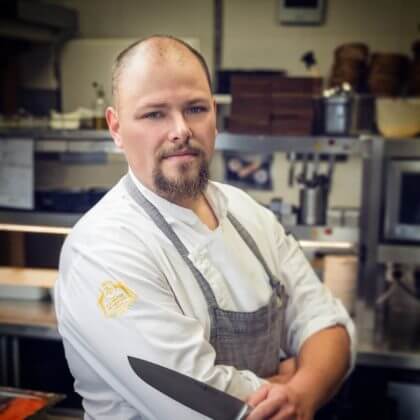
Some “Haute cuisine” secrets you need to try at home
Discover our top tips to achieve “Haute cuisine” by Vojtěch Beseda cooking in your own kitchen.
Cook seasonally
What’s in season depends on where you are in the world. But wherever you are, using ingredients that are being harvested that month always makes sense. Produce at its peak tastes better, has much more flavour, supports local farmers, has travelled fewer miles and, often, is cheaper.
Buy fruit and veg at farmers’ markets if you can
If your local farmers’ market is open and has social distancing measures in place, it’s a great spot to buy seasonal produce. Look for a certified market which has rules about what can be sold – you want to buy produce fresh from the fields, not from an individual who has bought from a wholesaler to sell on. Talk to the producers about how their food is grown and what’s coming into season. Best chefs swear by the relationships they have with their suppliers. A vegetable box subscription is also a good option.
5 reasons to buy fruits and vegetables at farmers’ markets
1) Real Flavors
2) Fresh
3) Healthy
4) Affordable
5) Better for the Environment
Use Your Senses to Pick Healthy Fruits and Vegetables
Use your eyes and nose to spot the best stuff on offer. Choose tomatoes that are fragrant and not wrinkly; avocados that are free from cracks and dents; lettuce that’s crisp, not slimy; kale that has deep-coloured, small leaves; white cauliflower with tightly packed florets (avoid yellow or flowering cauliflower); plump, heady garlic; and carrots without rootlets.
Get meat from local independent butchers
You might have to spend a bit more but meat from a good-quality butcher is worth it – ethical, traceable meat is important to them. They can give you advice on how to cook different cuts and will slice or debone meat for you. They can also cater to more obscure requests such as chicken bones for stock, a suckling pig or an ox heart. It’s also worth visiting your local fishmonger for fish, or check out online delivery schemes.
Grow your own herbs
You don’t need access to a balcony or garden to grow your own food – and you can’t beat the flavour of fresh herbs. Many great restaurants have small veg patches for this reason. You could start with a simple basil plant or grow microgreens to use as a fancy garnish.
Everything You Need to Know When You Grow Your Own Herbs
1) Know What You Want
2) Consider Location
3) Get The Right Equipment
4) Treat Them Right
5) Use Your Herbs
Store fruit and vegetables correctly
There’s no point in investing in beautiful ingredients if you don’t store them with care. You might be surprised how many ingredients should never be kept in the fridge such as avocados, garlic and onions. Simple hacks like storing herbs upright in water, like flowers, will make them last much longer.
Master the classic French Sauce
One thing “Haute cuisine” restaurants get spot on is sauces and it’s easy to get them right at home. At culinary school, students are taught five classic, French ‘mother’ sauces which form the foundations of many other sauces and dishes. They are béchamel, velouté, espagnole, sauce tomat and hollandaise. Master these five and from there you can make scalloped potatoes (with béchamel), creole sauce (with sauce tomat), and eggs benedict and béarnaise sauce (from hollandaise).
Add butter
Much of the time, the secret to great-tasting food worthy of the best restaurant is simple: use an almost unreasonable amount of butter in your cooking. The secret to the perfect steak, for example, is to add a knob of butter and a sprig of herb to the pan halfway through cooking.
Season Taste as you cookell
So many cooks, including professionals, fail to taste their food as they cook. And how? It’s the best part. Sampling the ingredients while they simmer is a guaranteed way to season with intent and make the most delicious food possible.
Buy good-quality oil
Don’t just season well, choose quality oil too – and make sure you use the right type for your dish. Use extra-virgin olive oil for dressings and vinaigrettes rather than for cooking. Higher heats demand a sunflower or vegetable oil.
Invest in kitchen kit
Great presentation starts with how you prep ingredients. Julienned carrots (cut into thin strips) and onions sliced and diced with consistency are visible in the final dish. Get yourself a decent set of sharp knives, a mandoline, a peeler and a hand-held grater (for shaving and fine grating). You could even splash out on getting your knives professionally sharpened once a year.
Make sure your pans are hot enough
Have you ever made food and found that half of it ended up stuck to the pan? That’s because you’re not letting the pan get hot enough before tossing in your ingredients. Not letting your pans warm up for 5 to 10 minutes before cooking is just one of the bad cooking habits you need to stop now.
Mise en Place: Be More Efficient in the Kitchen and in Life
Mise en place is a French culinary phrase, roughly translating to everything in its place. It refers to preparing your equipment and ingredients before you start cooking: from cleaning the surfaces and locating knives, pots and pans, to chopping onions and measuring out flour. It’s vital to the smooth execution of complicated dishes and means you won’t be scrabbling for the next ingredient during cooking.
Make food from scratch
Guests love attention to detail and while some techniques are best left to the restaurants, making elements of a meal such as a salad dressing, mayonnaise or bread at home is a nice touch.
Stock your kitchen with few hero ingredients
Ingredients were not all created equal and there are a handful of store cupboard saviours which have transformative qualities. A drizzle of balsamic vinegar can add sweet and sour notes to a dish; anchovies make a wonderful salty sauce; chilli flakes infuse dishes with warmth and spice; honey adds floral, sweet notes and sticky glazes to roast meat; a squeeze of lemon balances rich dishes; and umami-rich miso elevates both sweet and savoury dishes
Marinate everything
Haute cuisine cooking means adding flavour at every stage, even before you start to cook. It’s not unusual to marinate meat for up to two days, to tenderise and flavour the produce. But more than meat can be marinated. Infusing fish, tofu and vegetables with flavour does wonders too.
Toast nuts and spices
Haute cuisine-quality cooking is all about little techniques and small touches that add depth to dishes such as toasting nuts and spices before cooking with them. Toast nuts in a dry pan or in the oven for 5 to 10 minutes at 150–170°C (350–375°F) until golden in colour – once cooled they’ll be crisp and refreshed. Cook whole and ground spices in a dry pan to unlock their aroma but watch carefully they don’t burn.
Deglaze pans
Deglazing pans is a French technique which ensures no flavour is wasted. Remove sautéed vegetables or browned meat from the pan, then pour in cold wine, stock or water to create a cloud of steam and help move any caramelised pieces of food that are stuck to the bottom. This flavourful jus can be used for gravy or just poured straight over your dish.
Use pasta water to make silky sauces
If you’ve ever wondered why pasta at some of the best Italian restaurants in America always seems more decadent than the stuff you make at home, the answer is very simple: pasta water. When you cook pasta, some of the starch stays behind in the water after the pasta is strained. Most restaurants finish their noodles by adding a small ladleful of starchy pasta water to the pan, and this helps to bridge the gap between pasta and sauce.
Finish your pasta in the sauce
In order to get the best, restaurant-worthy pasta, you should finish cooking your pasta directly in the sauce. This technique gives the noodles a chance to absorb even more flavor so the dish comes together as one, instead of simply being an assembly of different ingredients. Not cooking the pasta directly in the sauce is just one of many ways you’ve been cooking your pasta all wrong.
Set aside vegetable scraps for stock
Cutting down on waste isn’t just good sense from a financial and sustainability perspective, many of the things we regularly throw out can be used to create or enhance another dish. In top restaurants, you’ll never see vegetable trimmings thrown in the bin but rather into a pot for stock. The same goes for meat bones and cheese rinds.
Save bones for broth
Next time you pick some chicken wings clean to the bone, don’t ditch the scraps. Here’s a cooking hack you might have learned from your parents: Saving bones is a great way to amp up your broth. Simply rinse the bones and simmer with water, plus anything else you’d like to add. Allow the mixture to simmer for at least 12 hours or until the bones start to disintegrate. Then simply strain and save the liquid for up to 10 days.
Sear steak on cast iron to get a crust
Create a steak with a charred surface and tender interior by searing it on a cast iron griddle pan – they’re the best at retaining heat. Make sure the pan is roaring hot before you begin and don’t add butter first. Add a knob before you finish cooking the steak for ultimate caramelisation. Resting the meat is also incredibly important. It should equal the time spent cooking so if you fried steak for five minutes, let it rest for another five.
Try unusual cuts of meat in the slow cooker
Ever had a delicious, unusual cut of meat in a restaurant that you’d never consider buying? The secret to the melt-in-the-mouth texture and rich flavour is likely to be slow cooking, which can turn even the most unpromising of cuts into something wonderful. The low and slow method does wonders to the likes of beef shin or lamb neck. Better still, just like in a restaurant, slow cooking can be done ahead of time with the dish warmed before serving.
Try sous-vide
Sous-vide is a classic high-end restaurant technique which produces perfectly tender food. Food is vacuum-sealed and placed in a temperature-controlled water bath to cook slowly on a low heat. You’ll have to make a hefty investment in the kit but if you really want to push the boat out and you’re set on replicating restaurant-style confit duck legs, tender fillets of fish and evenly-cooked sirloin steak, it’s worth considering.
Blanch vegetables
The best restaurants put as much thought into how they cook vegetables as to how they prepare meat. Blanch hard veggies to tenderise them and lock in colour, flavour and nutrients, instead of boiling them. After the vegetable is scalded in boiling water, remove and plunge into iced water to stop the cooking process.
Acidulated water is magic
To prevent certain vegetables like avocados, apples and celery from oxidizing and turning brown, turn to acidulated water. Though it may sound like some complicated culinary term, it’s quite simple — just mix water and lemon juice (or some other kind of acid, such as lime juice or vinegar). Believe it or not, sprinkling your avocados with this mixture is just one way to make your food last longer.
Master a quick pickle
Pickled vegetables will elevate any meal by adding acidity and crunch, plus a pop of colour on the plate. Make a quick 20-minute pickle with thinly shaved vegetables soaked in a bowl of white vinegar, salt and sugar.
Carpaccio more than just meat
Carpaccio is a traditional Italian dish of thinly sliced raw meat or fish served as an appetiser, however top chefs have applied the technique to fruit and vegetables. Make a beetroot carpaccio with a mixture of different coloured varieties for a visually appealing starter. Alternatively, try thinly sliced kohlrabi marinated in lime juice, balsamic, honey, olive oil, salt and pepper.
Save leftover wine
You know that little bit of wine at the bottom of the bottle that you never seem to polish off? Don’t chuck it. Cooking with wine is one way to amp up just about any dinner dish. It’s also one of the best ways to make cheap steaks tender and delicious.
Try flambéing
Flambé refers to the technique when alcohol is added to a hot pan to create a burst of flames, adding a rich flavour to the dish and some theatre in the kitchen. Have a go at home with a 40% proof alcohol that complements the dish. Be sure to use a large ladle with a long handle and warm the booze in a pot first – pouring straight from the bottle is a safety hazard.
Make melt-in-the-mouth confit
Confit means to preserve through slow cooking in fat. Meat, fish or vegetables are poached in oil slowly, over a low heat, until they are tender and rich. A classic recipe is confit duck legs or turkey legs. To really go high-end, try confit egg yolks for the ultimate meal.
Turn plating into an art
Create a dish that captivates by choosing a large white plate that showcases the food. Take the main element of the dish and switch up the proportions. For example, serve strawberry sorbet with button-sized meringue bites and dots of cream, instead of a traditional layered pavlova. Arrange components in odd groups (one, three or five); twirl pasta; serve rice or mashed potato in metal rings then remove to create towers; and artfully pour jus or gravy.
Tidy as you go
Finally, if your kitchen and dining space are the same room, try to prep as much as you can in advance and tidy as you go. Just like the theatre, people don’t mind seeing the orchestra and lights but they don’t want to see the whole cast in the wings, or in this case, a load of dirty pans.
Use lemon and fresh salt to clean
If you’ve ever planned a dinner with salmon or tilapia, you know how difficult it can be to get rid of that fishy smell afterward. Luckily, there is an all-natural cleaner that even chefs use to wash their hands and cutting boards after working with fish. Carmine DiGiovanni, Chef for David Burke Hospitality Management, recommends mixing up some fresh lemon and salt and use it to wash up; it’s just one of many natural cleaning tips for your home.
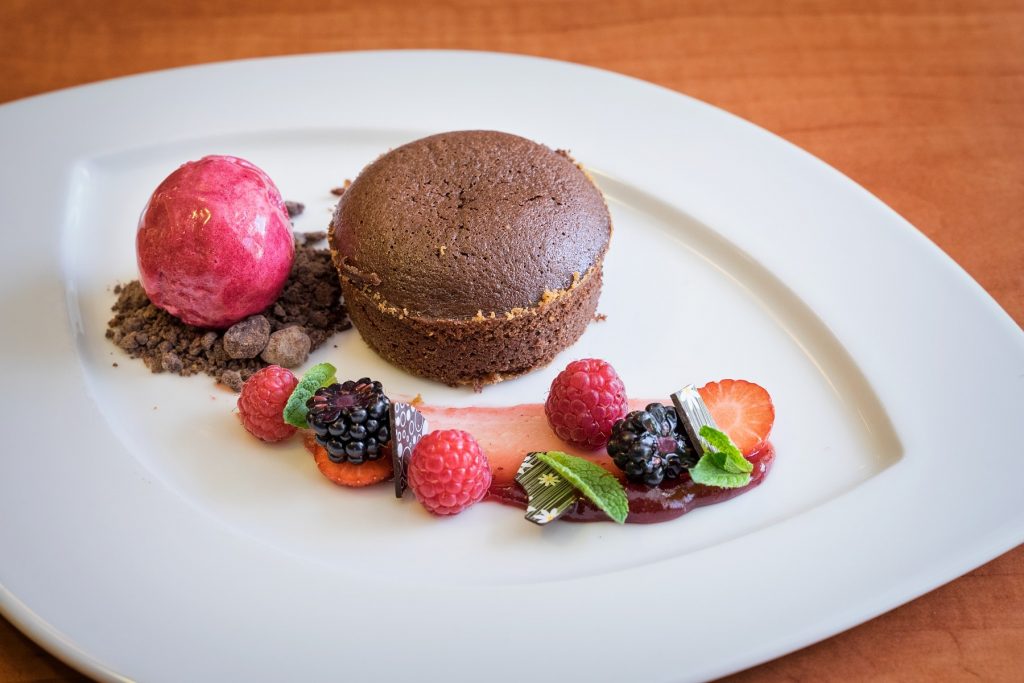
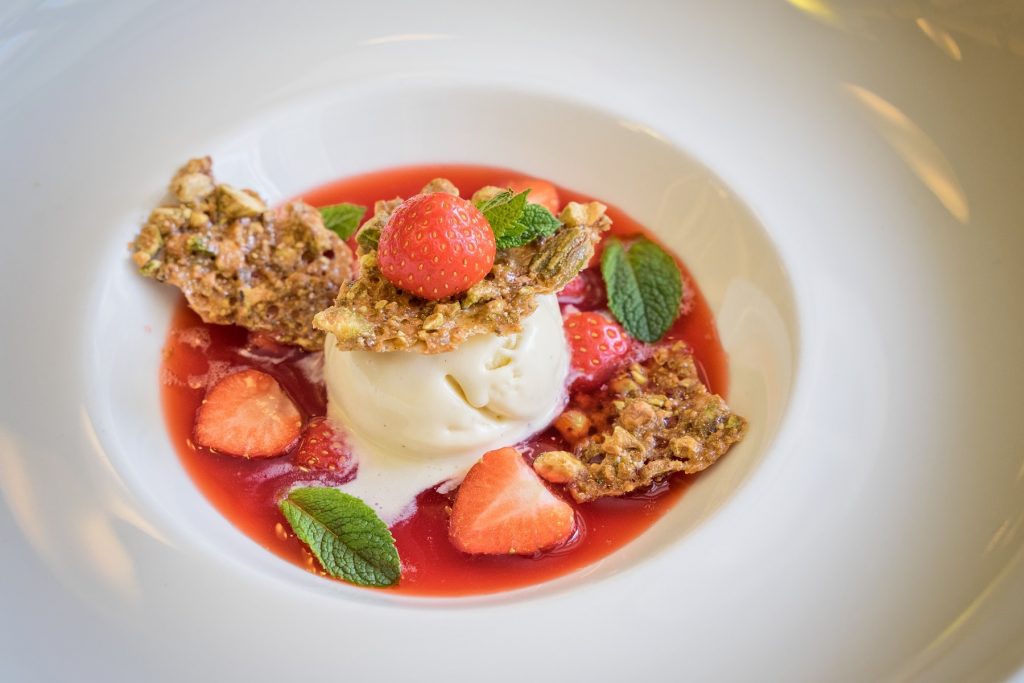
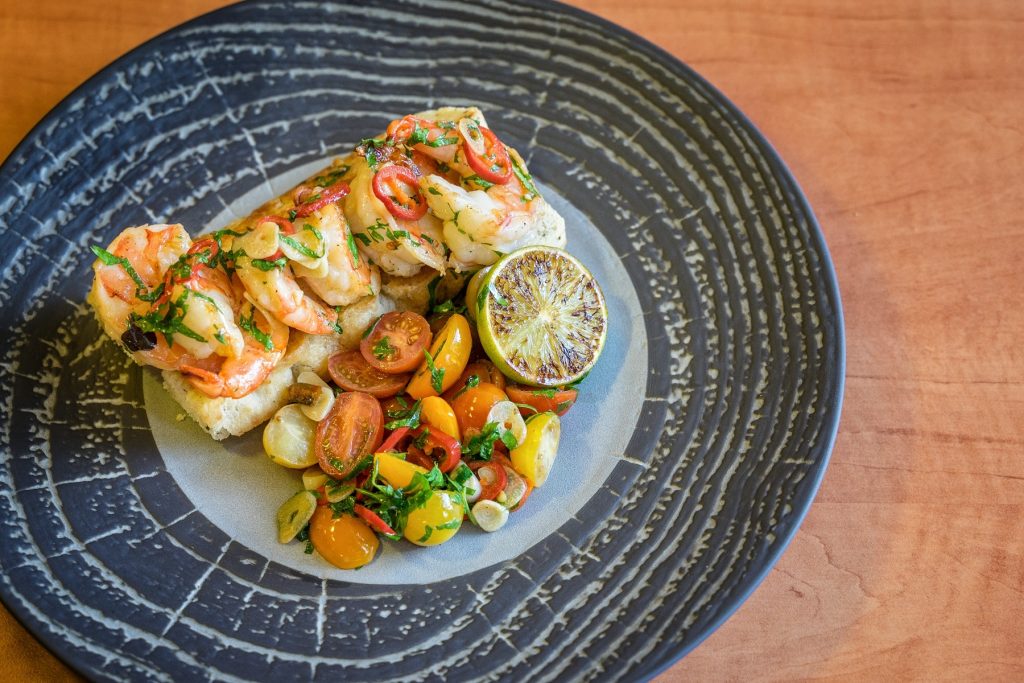
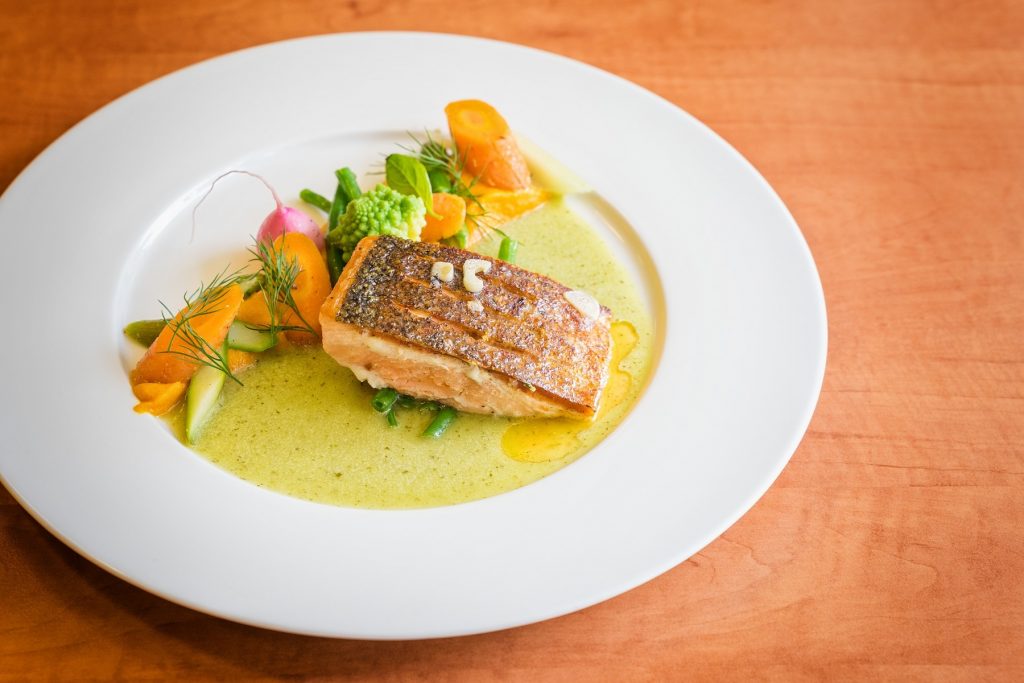
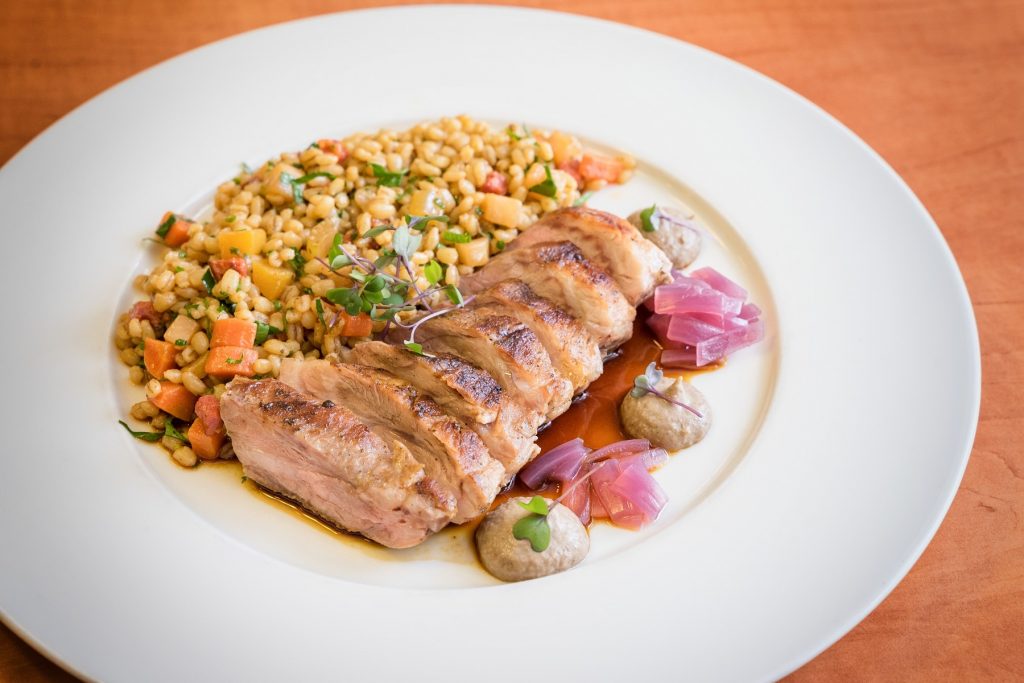
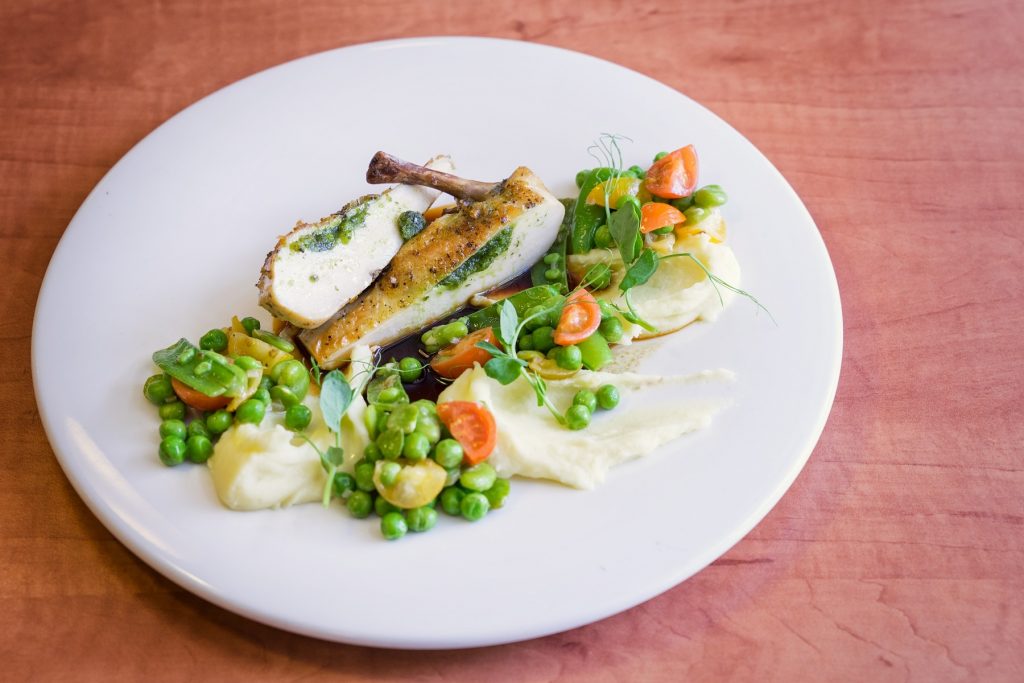
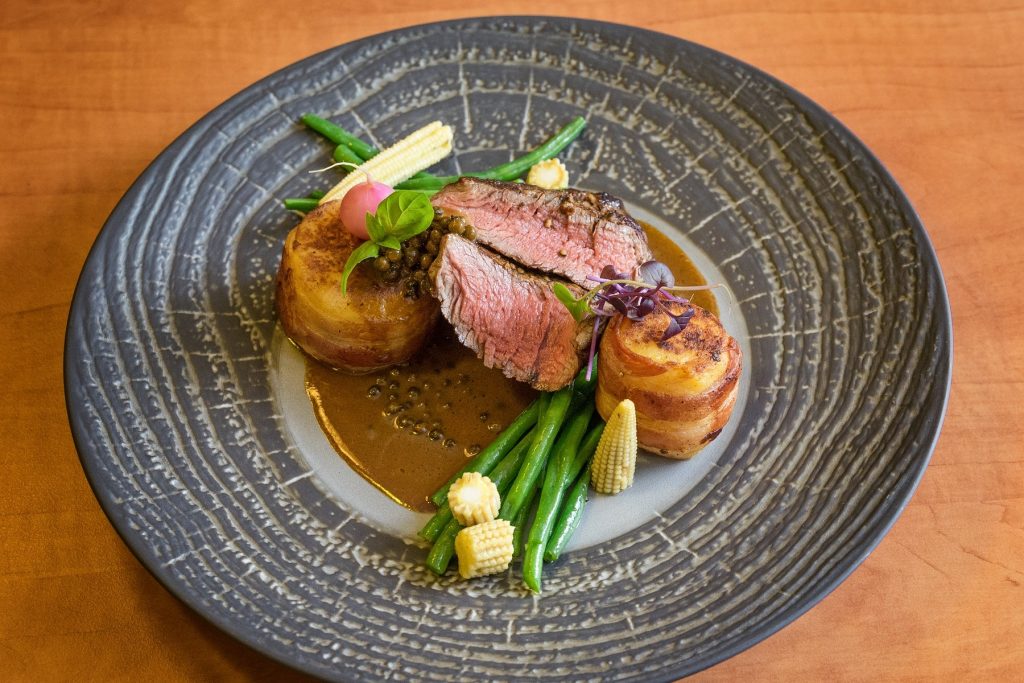
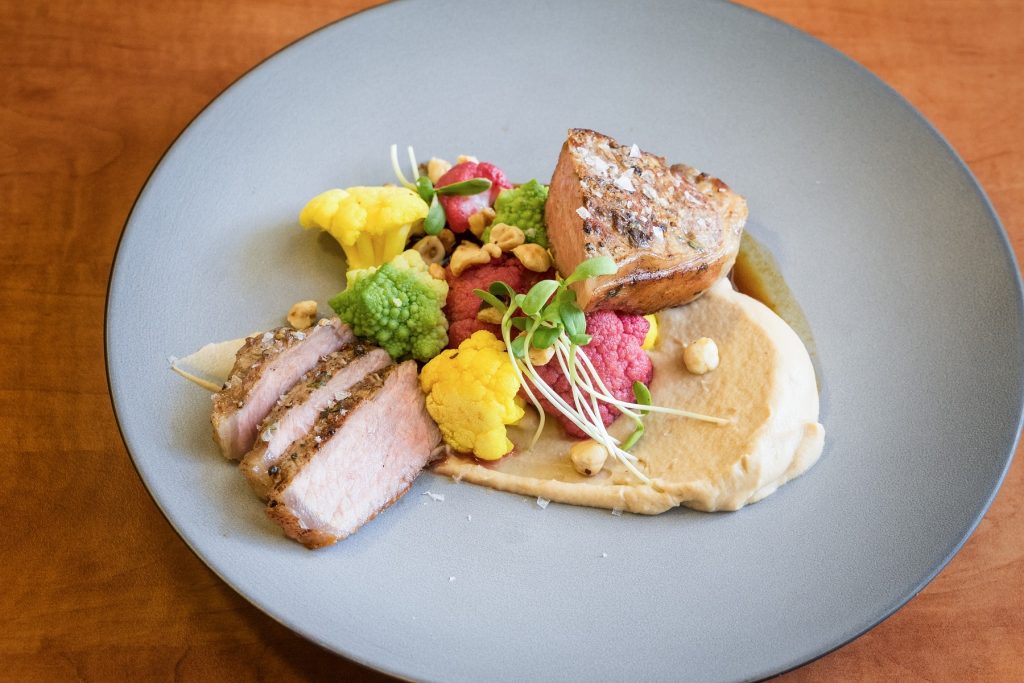
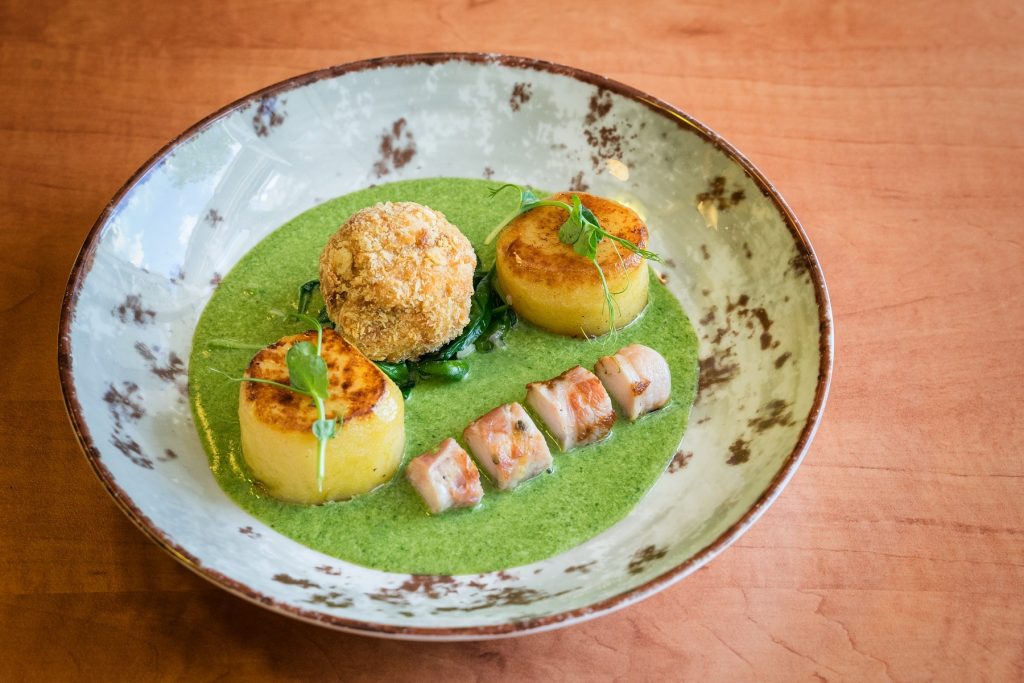

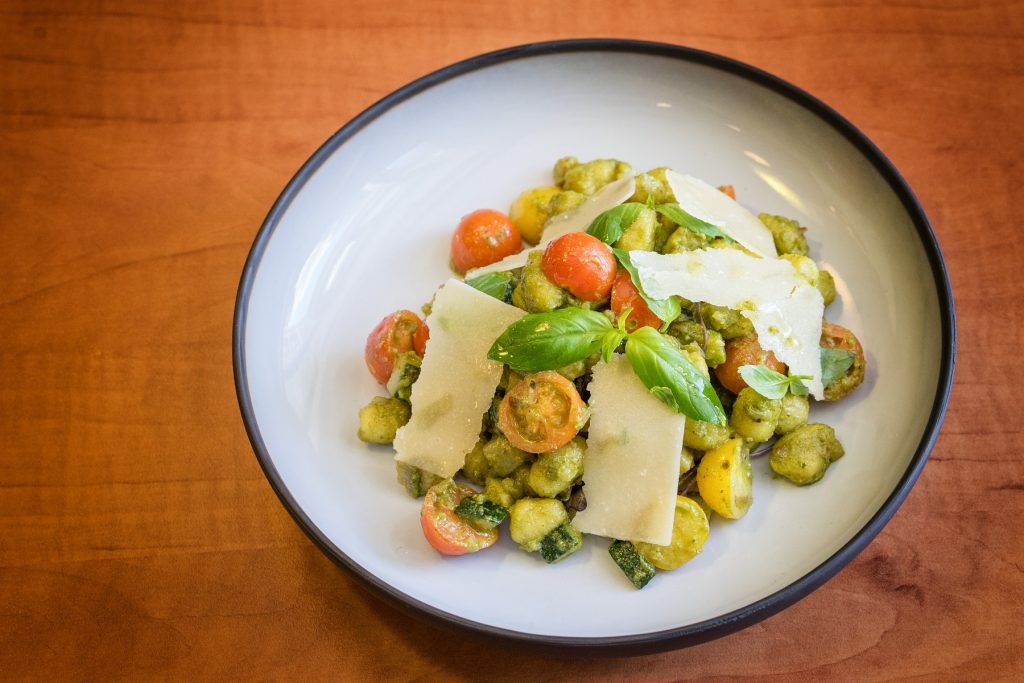
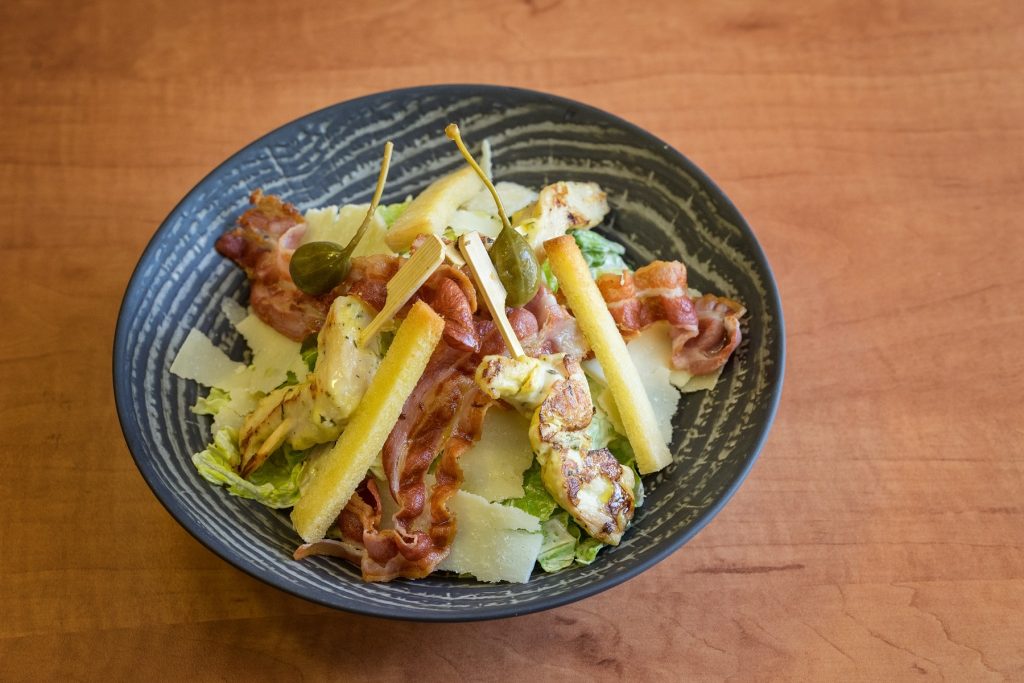
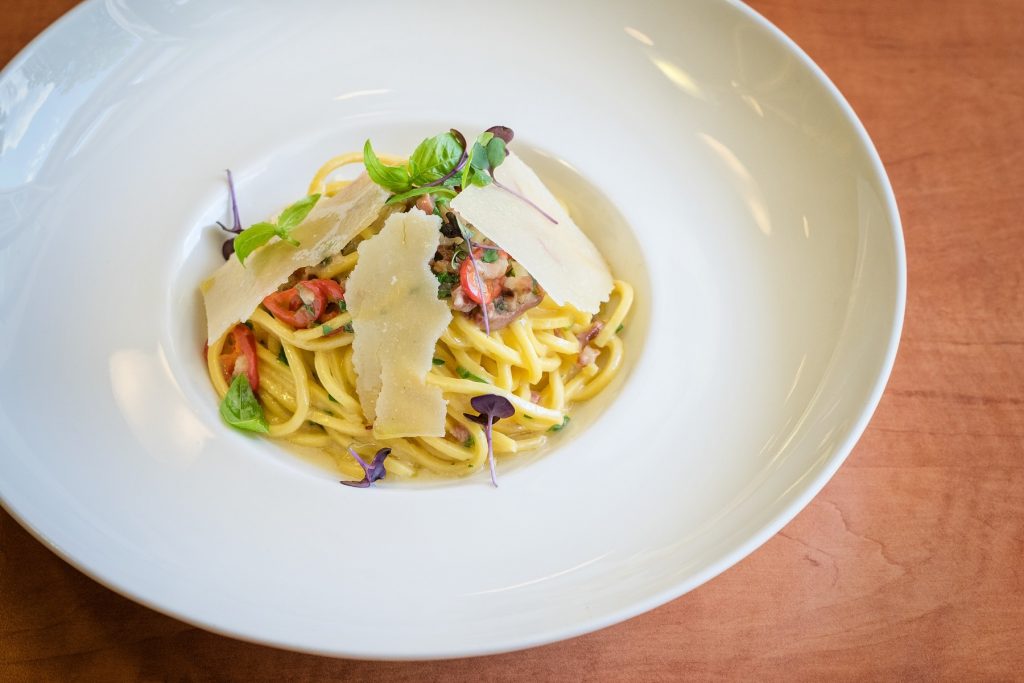
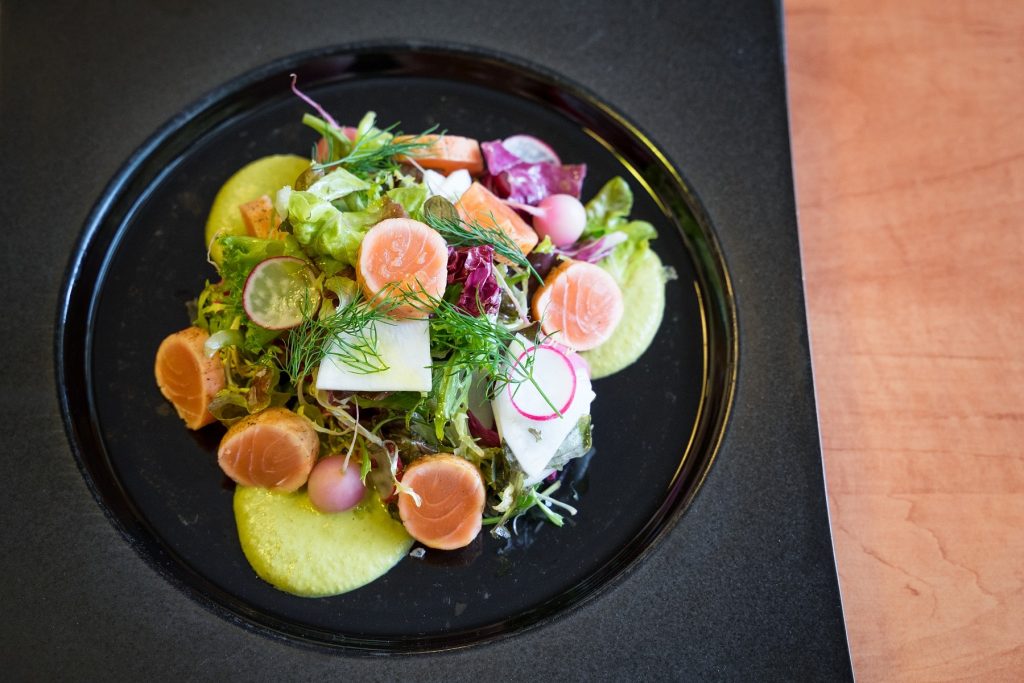
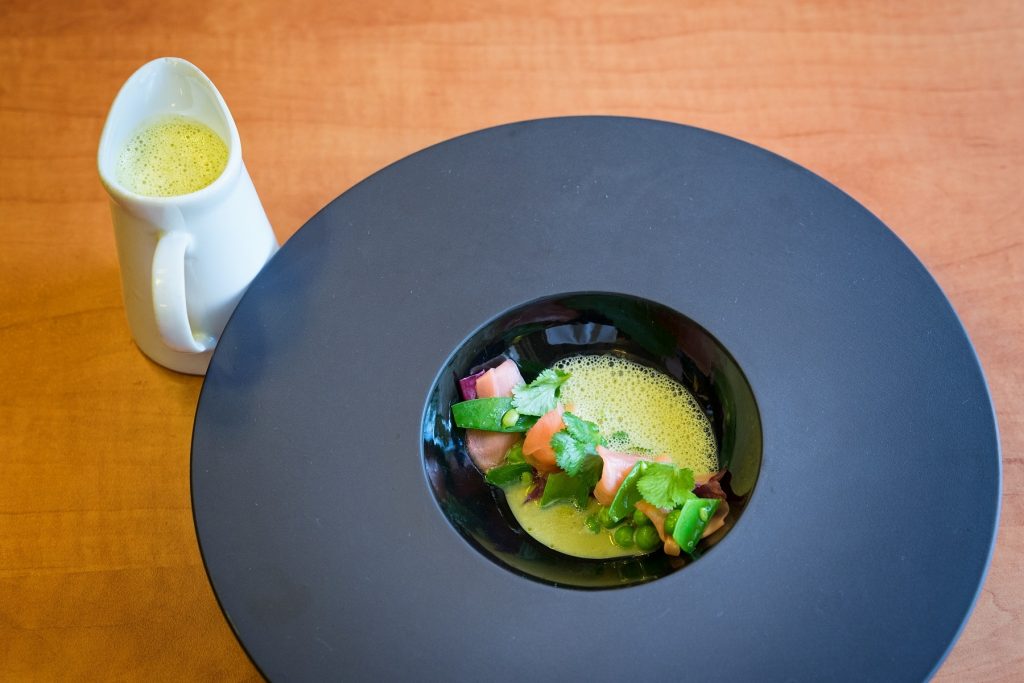
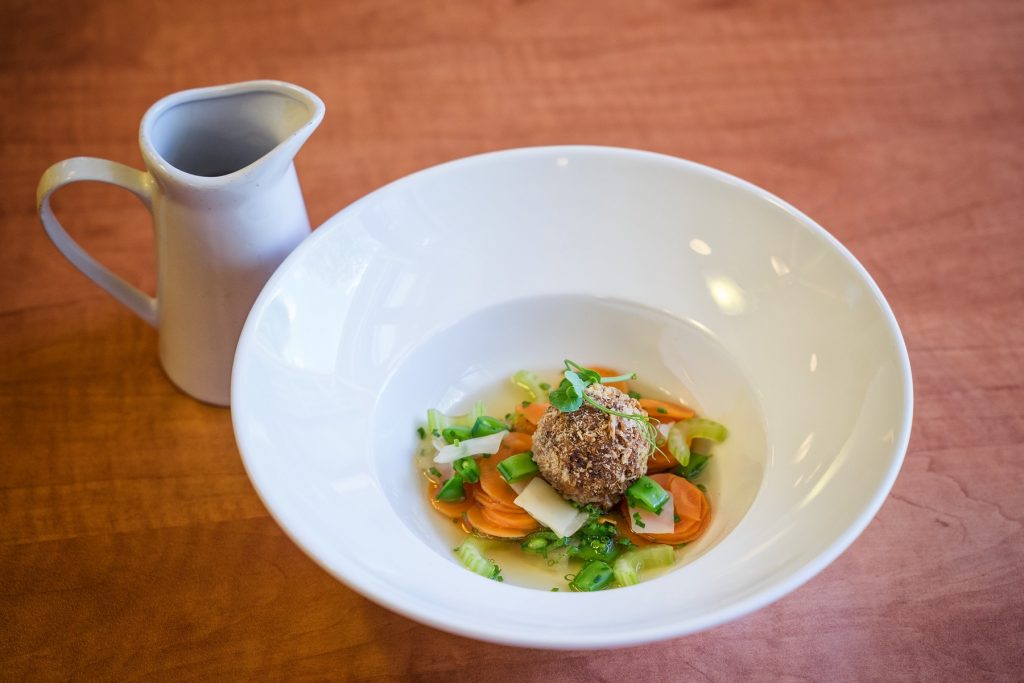
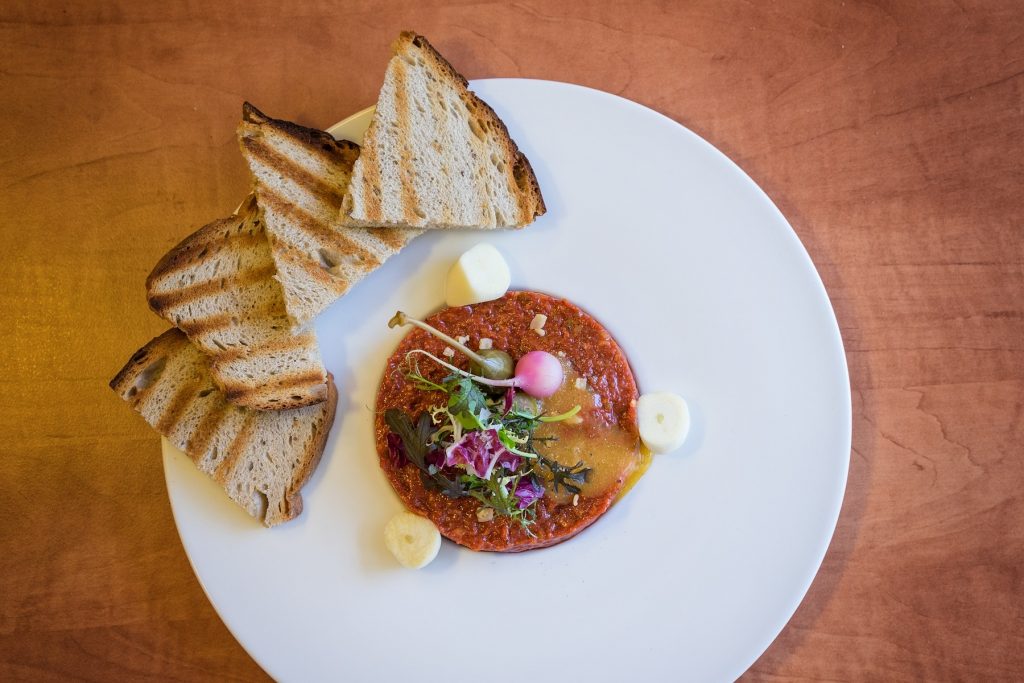
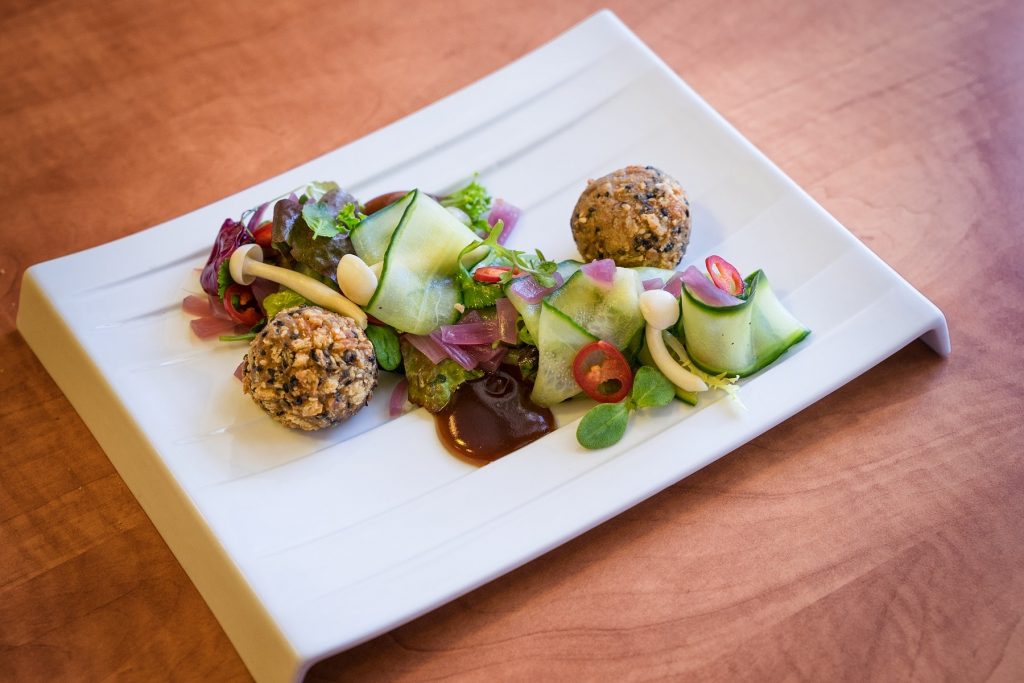
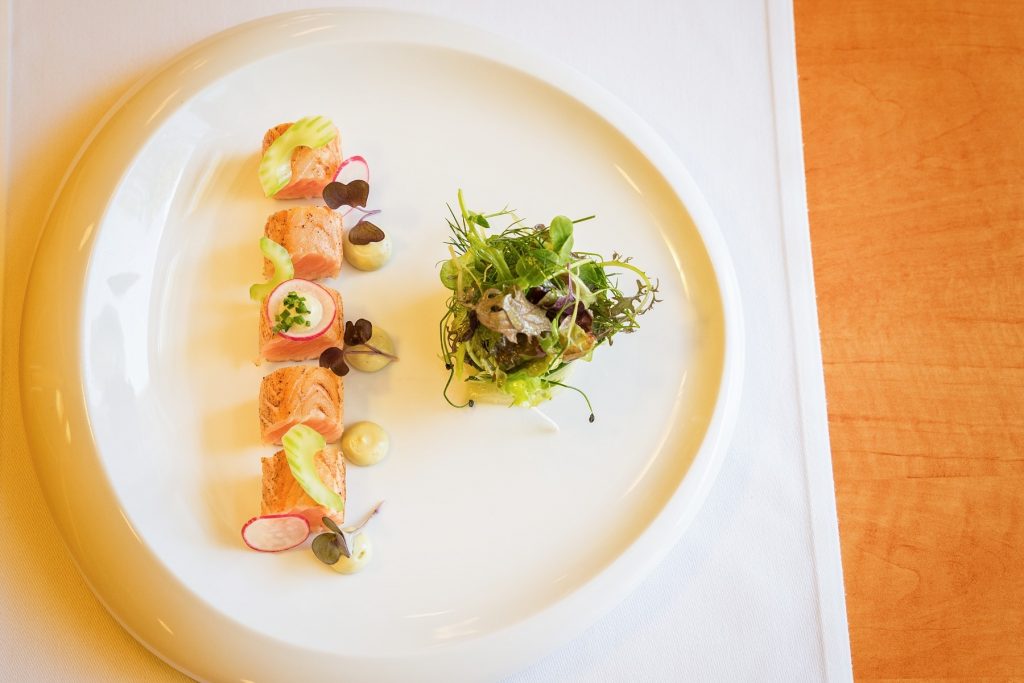
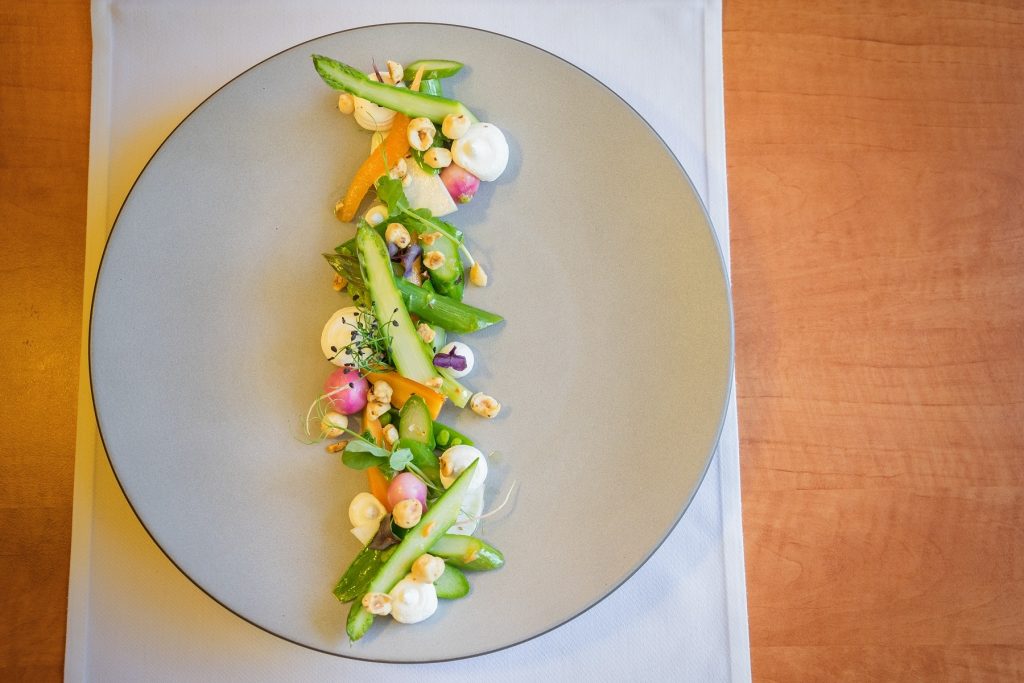











 Previous entries
Previous entries 
